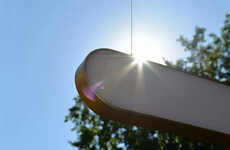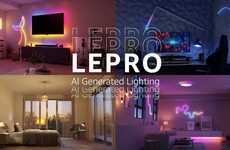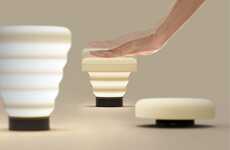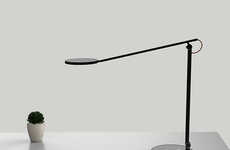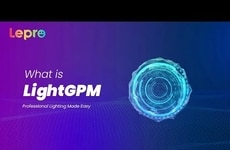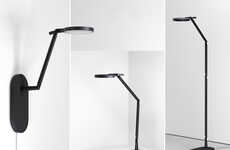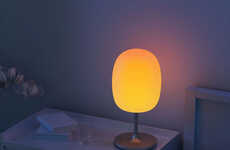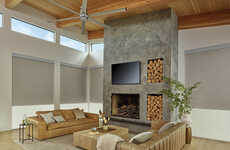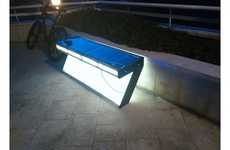
Smartlight Electrofluidics Direct Light Where Its Needed
Michael Plishka — February 18, 2014 — Eco
References: uc.edu & cleantechnica
Light can penetrate the deepest, darkest crevices of a building thanks to the SmartLight electrofluidics lenses. The SmartLight is a grid made of millimeter size fluid cells that change shape when electrically stimulated via power coming from tiny, embedded, solar cells. By mounting this grid near the top of existing windows, light can be reflected, or conducted through, at various angles, putting the light where it's needed. SmartLight can be controlled wirelessly, and is therefore ideally suited to being controlled by a smartphone app.
This has the potential to totally change the approach to lighting. According to Anton Harfmann, Associate Professor at the University of Cincinnati's school of architecture and interior design, “The SmartLight technology would be groundbreaking. It would be game changing. This would change the equation for energy. It would change the way buildings are designed and renovated. It would change the way we would use energy and deal with the reality of the sun."
One main downside? The name, SmartLight, is too common and already used by other light technologies.
This has the potential to totally change the approach to lighting. According to Anton Harfmann, Associate Professor at the University of Cincinnati's school of architecture and interior design, “The SmartLight technology would be groundbreaking. It would be game changing. This would change the equation for energy. It would change the way buildings are designed and renovated. It would change the way we would use energy and deal with the reality of the sun."
One main downside? The name, SmartLight, is too common and already used by other light technologies.
Trend Themes
1. Electrofluidics Lenses - Innovative technology using fluid cells for enhanced light manipulation.
2. Wireless Light Control - Smartphone-controlled lighting systems for homes and buildings.
3. Energy-efficient Lighting - Revolutionizing the way buildings are lit, reducing energy consumption and costs.
Industry Implications
1. Architecture and Design - Implementing electrofluidics lenses for enhanced natural lighting in building design.
2. Smart Home Technology - Developing wireless lighting systems that can be controlled via smartphone apps.
3. Renewable Energy - Integrating electrofluidics lenses with solar power technology for more energy-efficient lighting solutions.
5.1
Score
Popularity
Activity
Freshness

